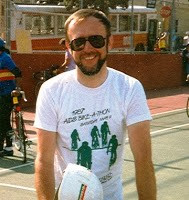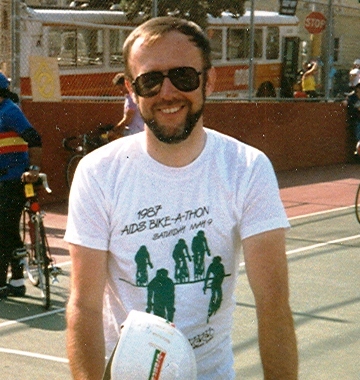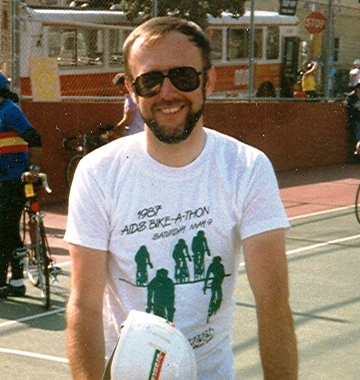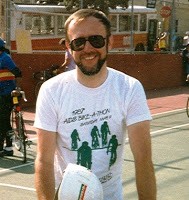scarves. I like to wear them and I like seeing them worn by other people.
Scarves are both fashionable and practical. They can provide warmth and
protection against the elements on a cold, blustery day. They can also provide
an elegant touch of color, a bit of flair with a swath of fabric flung around
your neck and over a shoulder. And they can make statements about who you are
and even what side you take.
surprised how much warmth a scarf can provide when wrapped around my neck on a
winter’s day. It’s an extra layer of protection against the wind. It feels cozy
and snuggly and shelters some exposed skin. The winter scarves I have are light
wool and are burgundy and purple. They’re long enough to completely wrap them
around me. I have another yellow scarf that my mother knitted for me years ago
but I rarely wear it because I keep it more as a memento of her.
also make statements—fashion statements and political statements. Scarves can
be gay when a man wears one that is colorful and elegant. It can bring a
feminine touch to your wardrobe. I wear a blue and gold silk scarf sometimes
and I have a fuchsia and black scarf that I wear just for decoration. The
secret to always being fashionable, they say, is to accessorize. Scarves can be
so gay.
statements are also made through scarves. Certain scarves in certain colors on
certain days often convey symbolic political sentiments. I own a scarf that is
checkered red and black which might be taken for a Middle Eastern keffiyeh, the checkered headdress worn
by many Palestinians and adopted by some non-Palestinians as a gesture of
solidarity. I didn’t buy it for that. In fact, the resemblance didn’t occur to
me until much later when I realized there could be political overtones to my
new fashion accessory. But then I doubt a Palestinian warrior would wear my
pinkish-red scarf anywhere. It’s not their style.
scarves are not actually scarves at all but can be worn as such. They are these
bright pieces of plumage from Renaissance Italy. These are actually flags or
banners representing the different neighborhoods of Siena. Each banner—with different
colors, animals (both mythical and real), wild patterns of stripes and daggers
of color, and patron saints displayed—symbolically represents one of the 17
districts of the old medieval city.
teams competing in the annual horse race, called the Palio, held since the 15th
century (and still held) each summer in the huge piazza in the center of town.
Of course, the three-day event is more than one horse race. Much pageantry and
pomp goes along with it, including parades with these banners carried by people
in equally flamboyant Renaissance costumes of tight leotards, puffy sleeves and
very bright colors.
putting on an accessory to highlight a color, more than showing your support
for a sports team, and more than just bundling up against the cold. Scarves
have become yet another way humans have concocted to say something in a world
that might not be paying much attention anyway. A scarf is a flag to wave.
Cleveland, then grew up in San Francisco, and is now growing up in Denver. He
retired from work with non-profits in 2009 and now bicycles, gardens, cooks,
does yoga, writes stories, and loves to go out for coffee.









